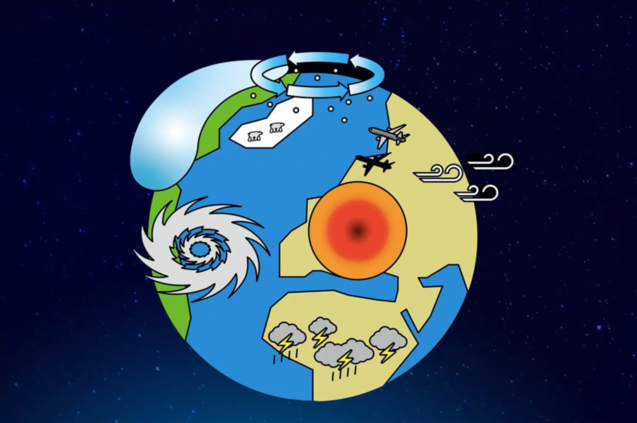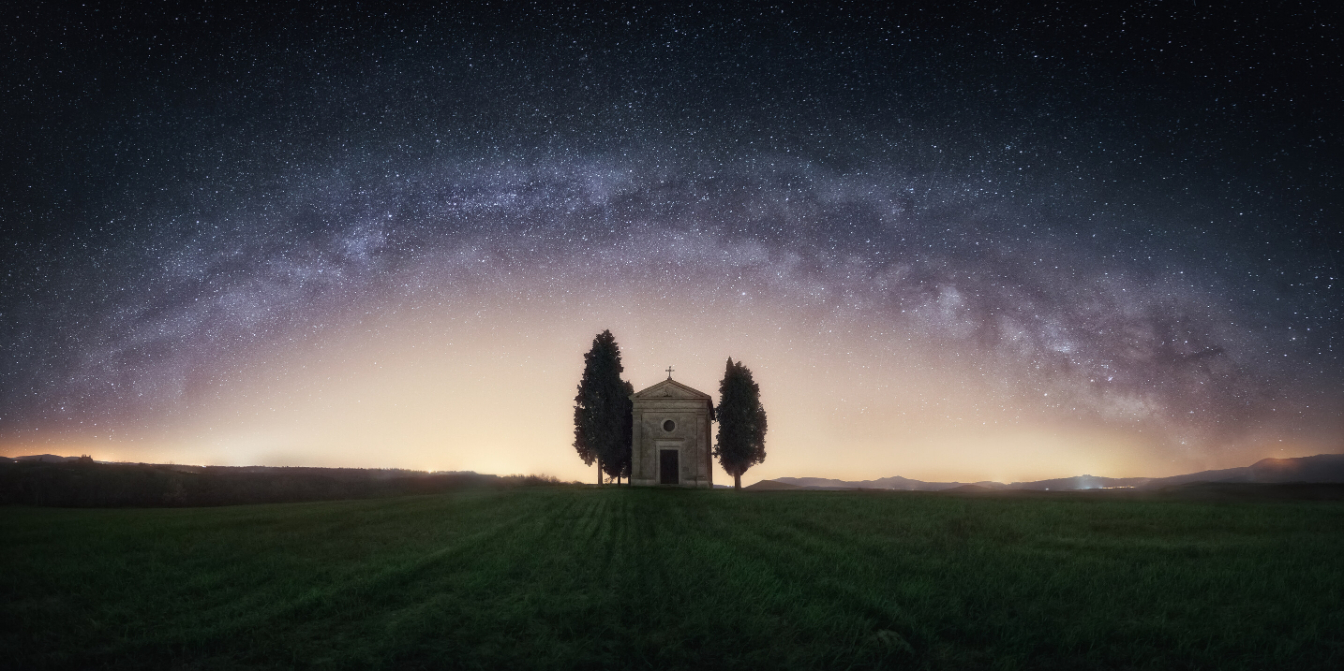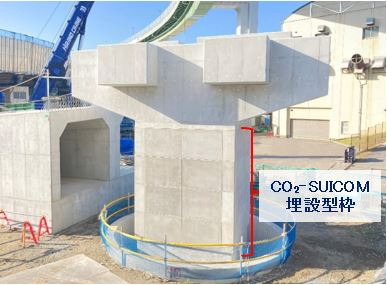J-STORIES - Beautiful shooting stars streak across the night sky. Not only can the power of science now recreate that brilliant sight, but information about sustainability on earth can also be gathered, pointing to a future where the whole universe is a canvas for human culture. This grand vision belongs to a company that is working to develop the world’s first “man-made shooting star.”
Ale was founded in Tokyo’s Minato Ward in 2011 as a "space startup.” It plans to transport one-centimeter spheres of material - the meteor source - into space, then release them from a satellite to reproduce a glittering meteor shower in the night sky.
.jpg)
The luminescence of natural shooting stars is due to the principle of “aerodynamic heating.” Cosmic particles travel at high speed through the Earth’s atmosphere, strongly compressing and heating up the air. The company uses its own unique technology to recreate this phenomenon of aerodynamic heating and artificially produce the light of shooting stars.
The company has already developed its own small satellite to carry meteor sources. In 2019, that satellite was twice loaded on the Epsilon rocket of the Japan Aerospace Exploration Agency (JAXA) and launched into space. However, some of the satellite’s components did not work properly, forcing the postponement of plans to release the world’s first man-made shooting star the following year. Nevertheless, the company has completed the key technologies for a man-made shooting star and says it is possible to achieve this in early 2023 using satellites currently under development.
.png)
The company has three projects related to the development of man-made shooting stars.
Firstly, it plans a live entertainment business where the immense canvas of outer space is decorated with shooting stars. The aim is to encourage viewers to appreciate the wonder of space, while increasing their understanding of and support for scientific research.
Secondly, as a business that contributes to the sustainability of the Earth, the company is focusing on using atmospheric data collected through its proprietary technology. In September 2021, the company launched an industry-academia collaborative project AETHER in the hope of doing something to help reduce damage from natural disasters by using information from space. The company is developing weather satellites together with Nippon Telegraph and Telephone Corporation (NTT), Saitama-based research institution Riken and the National Astronomical Observatory of Japan (NAOJ).

Thirdly, the company is working with JAXA on a project to combat space debris. It has a patent pending for a device to prevent man-made objects in space turning into debris; and it plans to launched a small experimental satellite equipped with the device this year.
ALE founder and CEO Lena Okajima told J-Stories that, through the man-made shooting star project, she hopes to “use the data to help predict” natural disasters that could occur on earth.
“I hope that combining atmospheric data with data on global topography, oceans and other features will help us understand the health of the Earth. Understanding the Earth’s mechanisms in the mid- to long-term may lead to true (i.e. in a desirable form) development of the Earth,” she said.
.png)
Translation and Editing by Tony McNicol
Top page photo by ADDICTIVE_STOCK/Envato
For inquires about this article, please contact us at jstories@pacificbridge.jp
***
***
Click here for the Japanese version of the article.






![[Podcast] How to build a successful startup community ー Interview with Tim Rowe at Cambridge Innovation Center (Part 5)](https://storage.googleapis.com/jstories-cms.appspot.com/images/1751617429032unnamed-6_bigthumbnail.jpg)

![[Podcast] How to build a successful startup community ー Interview with Tim Rowe at Cambridge Innovation Center (Part 4)](https://storage.googleapis.com/jstories-cms.appspot.com/images/1750995302055image2_bigthumbnail.jpg)





![[Interview] When digital and physical worlds meet](https://storage.googleapis.com/jstories-cms.appspot.com/images/1747974430456unnamed-2_smallthumbnail.png)
![[Interview] How Japanese musician Grover turned his passion of ‘sound’ into a health-tech startup](https://storage.googleapis.com/jstories-cms.appspot.com/images/1746181078493R7__1407_smallthumbnail.jpg)



![[Podcast]How to build a successful startup community ー Interview with Tim Rowe at Cambridge Innovation Center (Part 2)](https://storage.googleapis.com/jstories-cms.appspot.com/images/1748493203370business-man-holding-light-bulb-social-network-2024-10-31-22-37-36-utc_smallthumbnail.jpg)
